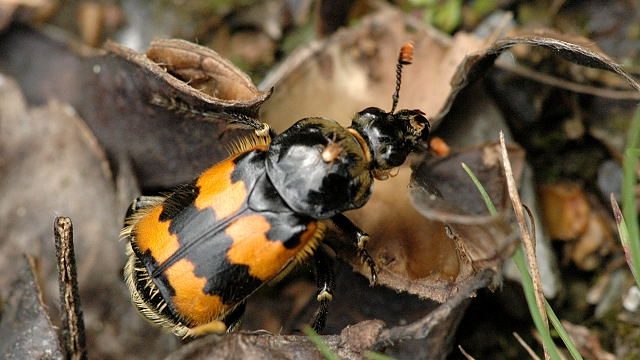Meet 3 species still struggling despite the Endangered Species Act

By Travis Perry│Kansas Watchdog
OSAWATOMIE, Kan. — There’s no doubt about it, the Endangered Species Act is the kind of fuzzy, feel-good legislation that most people can back in theory. After all, who doesn’t like the idea of protecting Mother Nature?
But in practice, steps taken to protect flora and fauna often pit folks against one another. The battle usually comes down to protecting people versus plants and animals.
But a quick look at the ESA’s success rate sheds light on reasons for the opposition. In the Wall Street Journal in December, Damien Schiff and Julie MacDonald opined on the ESA’s recovery statistics:
A law intended to conserve species and habitat has brought about the recovery of only a fraction —less than 2% — of the approximately 2,100 species listed as endangered or threatened since 1973. Meanwhile, the law has endangered the economic health of many communities—while creating a cottage industry of litigation that does more to enrich environmental activist groups than benefit the environment.
Though the debate has been recently revived in Kansas because of the recent “threatened” listing of the lesser prairie-chicken, the U.S. Fish and Wildlife Service lists at least 18 threatened or endangered species that live in or cross through the Sunflower State. And at least three of them have seen mixed results after being brought under federal protection.
American Burying Beetle
The American Burying Beetle (Nicrophorus americanus)
A carnivorous bug that has been listed as “endangered” since 1989, the American Burying Beetle can be found in Chautauqua, Elk, Labette, Montgomery and Wilson counties in Kansas. A five-year review released by USFWS in 2008 admits that despite the insect’s protected status, a number of factors surrounding its conservation are foggy.
“The biological and ecological factors that are sustaining ABB populations in different locations within the species range, and the threats to those factors, remain poorly understood for most occurrences,” USFWS reported.
Aside from human encroachment, conservationist’s best guess is that population numbers are also partially affected by the availability of animal carcasses, on which the beetle feeds and breeds.
The last beetle population study in Kansas took place in 2001, and so far all known occurrences have been on private land.
“The USFWS lacks reliable data to indicate whether the habitat base is stable within the four-county area of the occurrence,” the report stated.
Whooping Crane
Without a doubt, the Grus Americana, better known as the Whooping Crane, is the poster child for environmental protection. Sadly, its population figures haven’t reflected the sheer amount of effort that has been poured into conservation of the species.
Figures dating back to 1949 pin the wild population as low as 15 birds. The crane was listed as “endangered” in 1967, and in 2010 the number of wild birds was pegged at just shy of 400. While it’s an impressive comeback, it’s still far from where it needs to be.
Human population growth and environmental factors, such as extreme droughts and blizzards, have hurt the Whooping Crane’s recovery. USFWS estimates it would take as many as 1,000 birds to avoid genetic degradation of the species.
According to a 2009 report, the federal government planned to spend upward of $15.7 million between then and now to promote recovery of the crane. However, USFWS said at the time it would ideally need an additional $41.7 million to purchase easements for 40,000 acres of winter habitat and buffer zones, among other initiatives.
But even with such an extreme focus, the future is bleak. At best, the population might recover by 2035.
“Given the many threats to breeding, migration and wintering habitat, it is unlikely the whooping crane will ever become abundant,” USFWS wrote in a 2007 international recovery plan for the crane.
Mead’s Milkweed
While species conservation usually conjures images of furry woodland creatures, plant life are also among those under federal protection. Mead’s Milkweed has been listed as “threatened” since 1988 due to habitat destruction, the advancement of invasive species consumption by weevils, deer and cattle, just to name a few factors.
But there’s a kicker: The feds aren’t really even sure if things are getting better.
“Current monitoring data is not sufficient to determine whether populations have been stable or increasing for 15 years,” USFWS wrote in a five-year review released in November.
But that didn’t stop them from making dire predictions.
“Based on the continuing threats, and the lack of recovery of viable populations, this species may become endangered in the foreseeable future throughout all or significant portions of its range,” the report stated.
Related: Trouble on the prairie: Feds call chicken ‘threatened,’ but what about the residents?
Related: Chicken conservation plan likened to mafia extortion
Contact Travis Perry at travis@kansaswatchdog.org, or follow him on Twitter at @muckraker62. Like Watchdog.org? Click HERE to get breaking news alerts in YOUR state!








